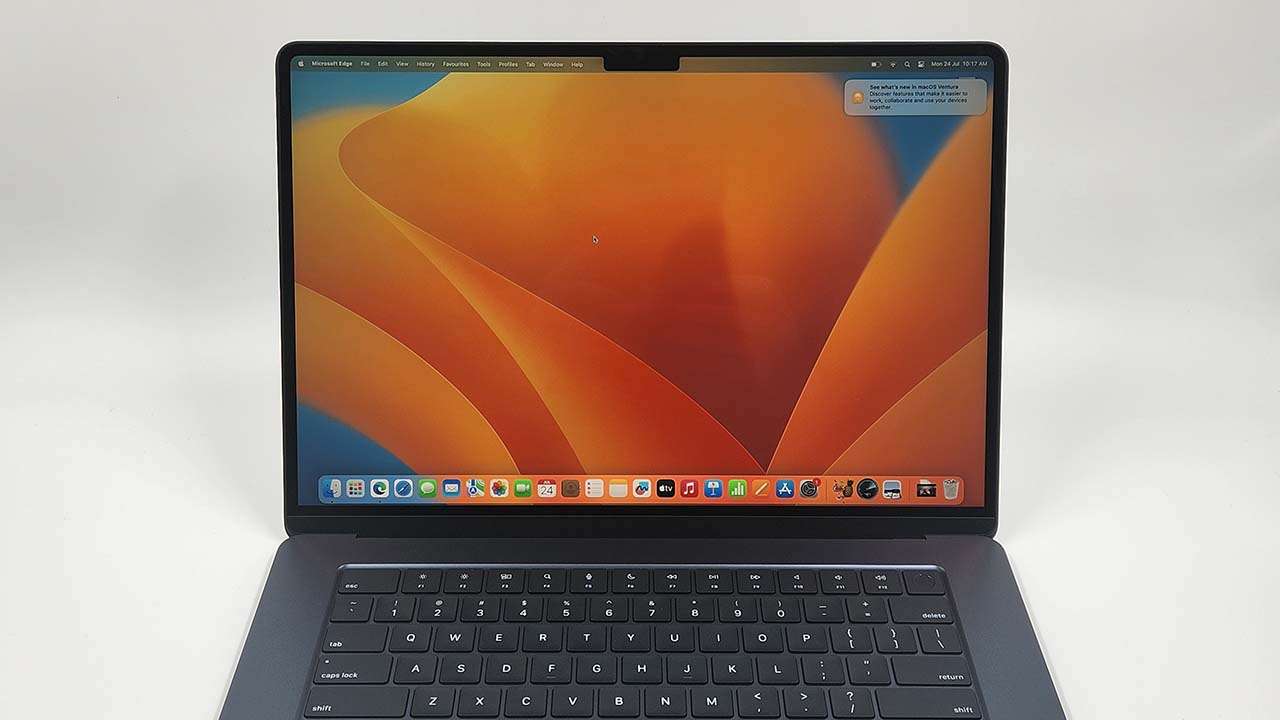It’s been nearly a decade since Apple first justified the presence of its unsightly iPhone notch with Face ID — undoubtedly clever tech to log into your phone just by looking at it.
In the intervening years, Face ID has moved to every iPhone except the SE and started cropping up on Apple’s expensive iPad Pro models. But one place where it’s conspicuous by its absence is the Mac, which has recently inherited said unsightly notch for the webcam thanks to its increasingly invisible bezel.
That could be about to change, if a new patent is anything to go by. Apple tried to hide this in plain sight, by giving the patent a name so dull that nobody would think to read it. But people did read “Light Recognition Module for Determining a User of a Computing Device” and concluded that the results sound an awful lot like Face ID for computers.
The text describes a “light pattern recognition module that may be incorporated within a computing device.” Apple notes that this could be hidden within a “notch, a circle, an ellipse, a polygonal shape, a series of polygonal shapes, a curvilinear shape or the like.”
The result is the same as Face ID: unlock your Mac just by looking at it. To date, Apple has only used Touch ID, its fingerprint recognition hardware, for such purposes on its computers. It even claimed this was by design, with an Apple executive telling the Wall Street Journal that it’s “more convenient on a laptop since your hands are already on the keyboard”.
You might think that Face ID would be best suited to MacBooks that can be easily swiped off a coffee shop table while your back is turned. But the patent does include one picture of it integrated (pretty poorly) into an iMac as well — just in case your thief feels like absconding with a 9kg computer under their arm.

In fact, it might make sense to try it on an iMac first, given that additional thickness would be easier to get away with on a desktop. Or it might never happen at all — Apple patents all kinds of stuff all the time, and not all of it is ever built into a commercially available product.
That said, this feels a near certainty: Face ID is far more impressive than Touch ID, and genuinely feels more advanced than similar things l

